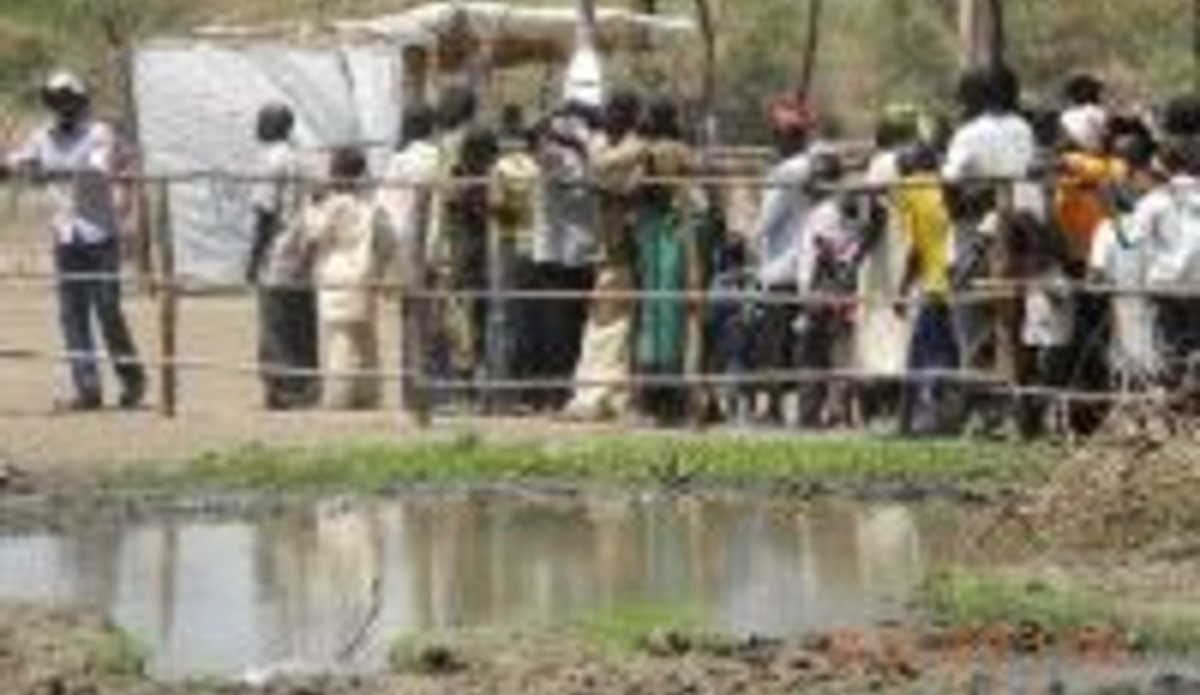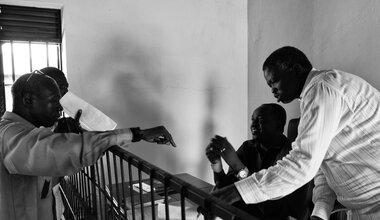Government, UN agencies fighting Hepatitis E in Upper Nile
24 February 2013 – Aiming to contain the spread of Hepatitis E among refugee communities in Upper Nile State, the Ministry of Health and UN agencies are working together to improve hygiene in refugee camps, a UN refugee agency official said today.
Aden Ilmi, the Senior Operations Coordinator for the UN High Commissioner for Refugees (UNHCR) in Upper Nile and Unity states said that 109 refugees have died of the disease since it broke out in four refugee camps in Bunj, Maban County of Upper Nile State in July 2012.
"To date, 5,420 cases have been reported from the four refugee camps (and) there are a few cases also reported from the host communities," said Mr. Ilmi. "There (have been) ... 109 deaths so far, (which) translates into 2.1 percent of the total cases that have been reported."
Mr. Ilmi said that UNHCR, the state's health ministry, the World Health Organization (WHO), the United Nations Children's Fund (UNICEF) and other health partners are working tirelessly to improve hygiene within the refugee camps.
He outlined some of the steps that have been taken to curb the disease, which is linked to poor hygiene. These steps include the construction of new pit latrines, the decommissioning of latrines which are full, distributing soap to the most affected zones, providing sanitation tools and carrying out hygiene promotion campaigns.
"UNHCR jointly with UNICEF, WHO and other health partners are (carrying out) an intensive campaign to ensure that people have access to water," said Mr. Ilmi, adding that the 18 to 19 litres of water availed to each person per day is well above the minimum emergency requirements.
Mr. Ilmi said that a total of 750 new pit latrines have been constructed in Yusuf Batil camp, which means that the minimum standard of an average of one latrine per 20 people has been met.
Yusuf Batil is the most affected of the four refugee camps. In a 15 February statement, the UNHCR spokesperson Adrian Edwards said that the camp accounts for 77 deaths and almost 70 per cent of the total number of Hepatitis E cases in the state. The camp currently holds more than 37,200 refugees.
Mr. Edwards added that Jamam Camp has recorded 1,320 cases and 25 deaths, followed by the Gendrassa Camp with 577 cases and three deaths and Doro Camp, where 58 cases have been recorded, including two deaths.
The Director of Preparedness and Response at the National Ministry of Health, John Lagu, said that although the virus was thriving in the overcrowded and flooded camps, there was a risk that it could spread to the host communities in the area who have less access to health care than the refugees in the camp.
 UN
UN United Nations Peacekeeping
United Nations Peacekeeping





